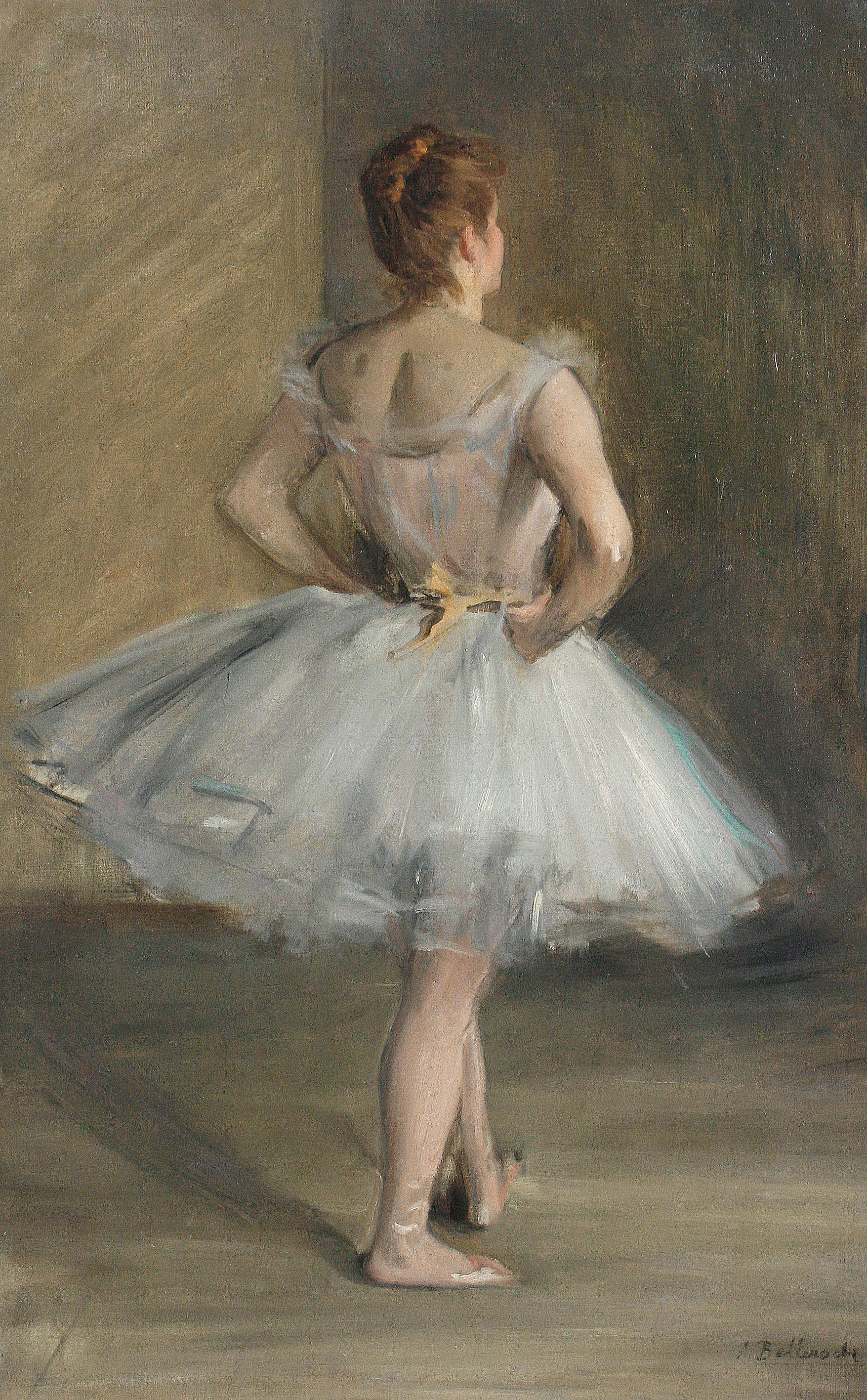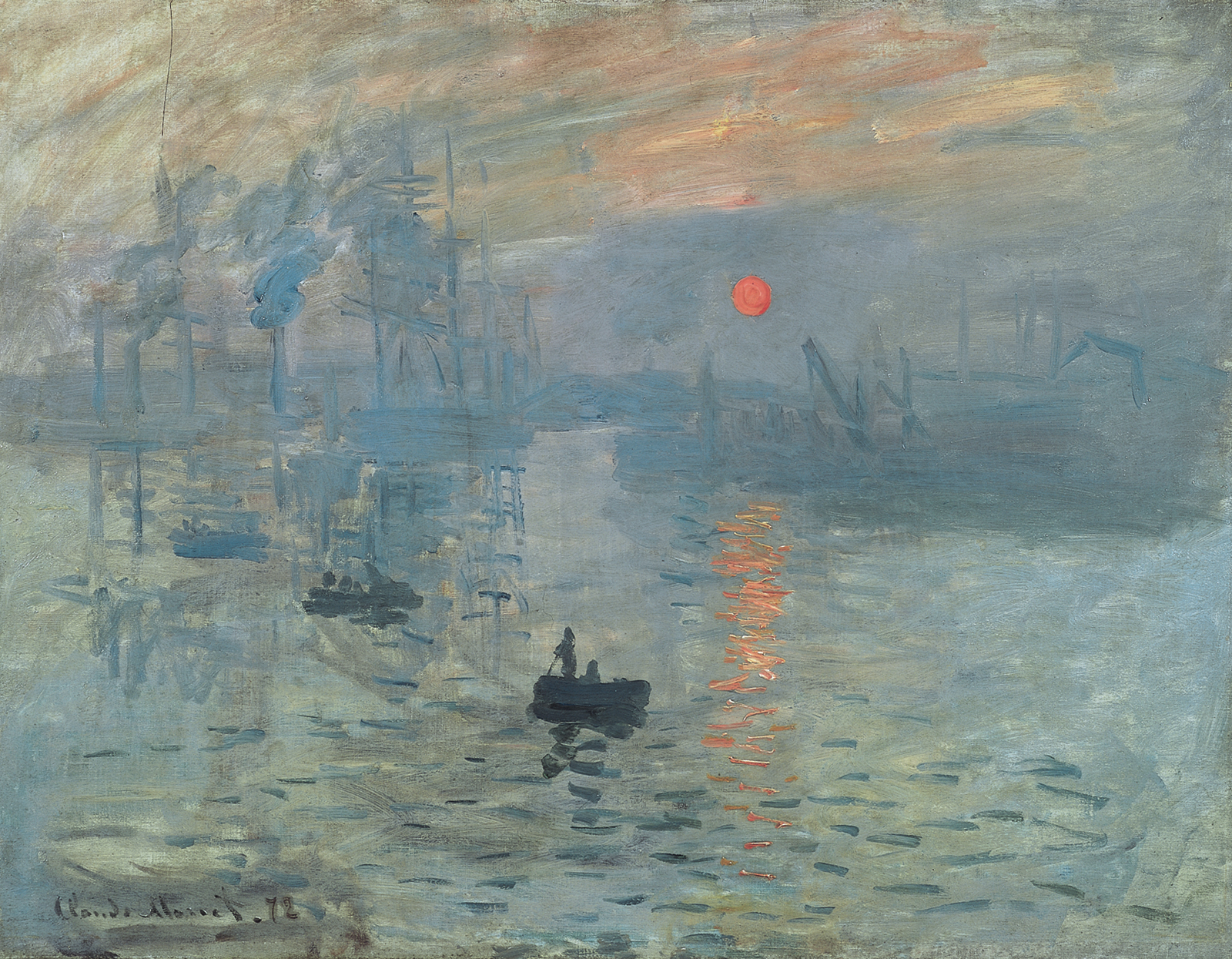Czech artist Miloslava Vrbova-Štefková (1909-1991) was an traditionalist post-impressionist painter.
During the 1937-1938 Miloslava Vrbova-Štefková studied at the Académie des Beaux-Arts in Paris with Czech Abstract painter František Kupka (1871-1957).
Besides the dancers, the ballet scenes and portraits, Miloslava Vrbova also painted landscapes and the Prague urban motifs, religious scenes (the Crucifixion in the church Žinkovie), still lifes and flowers.























.jpeg)
.jpeg)















